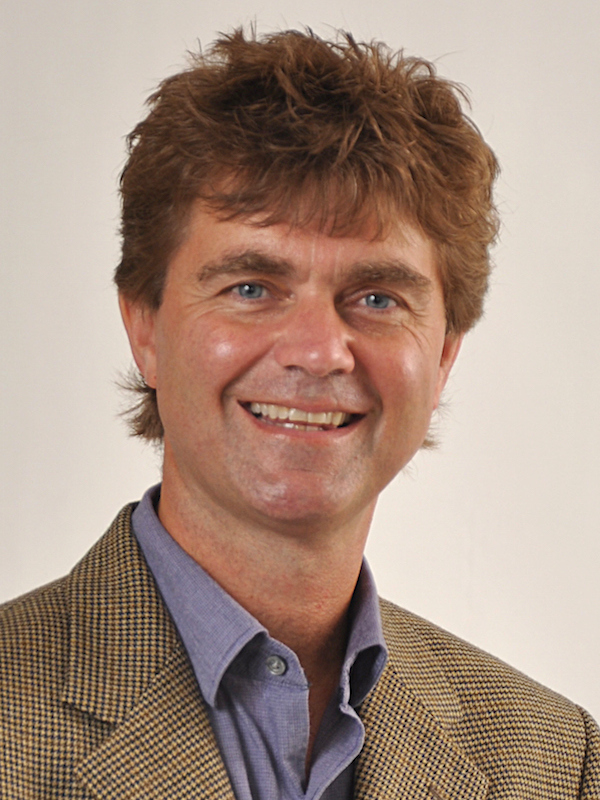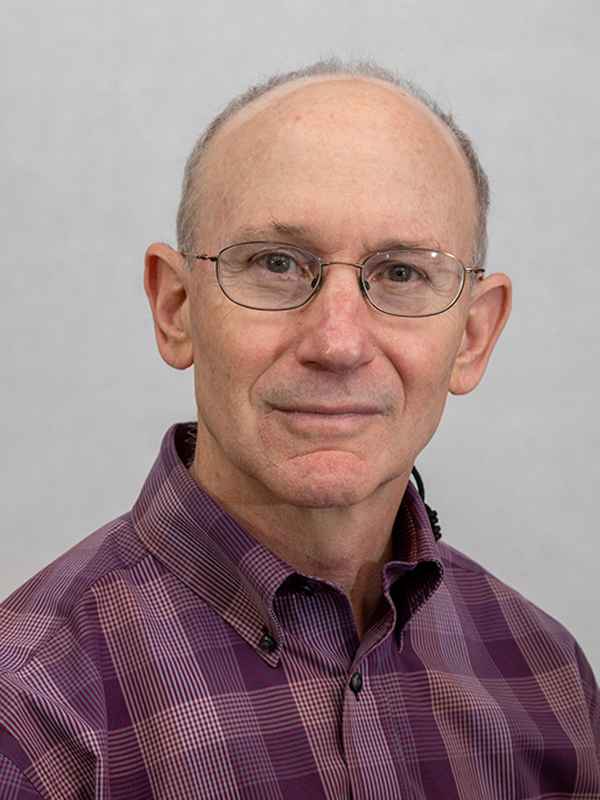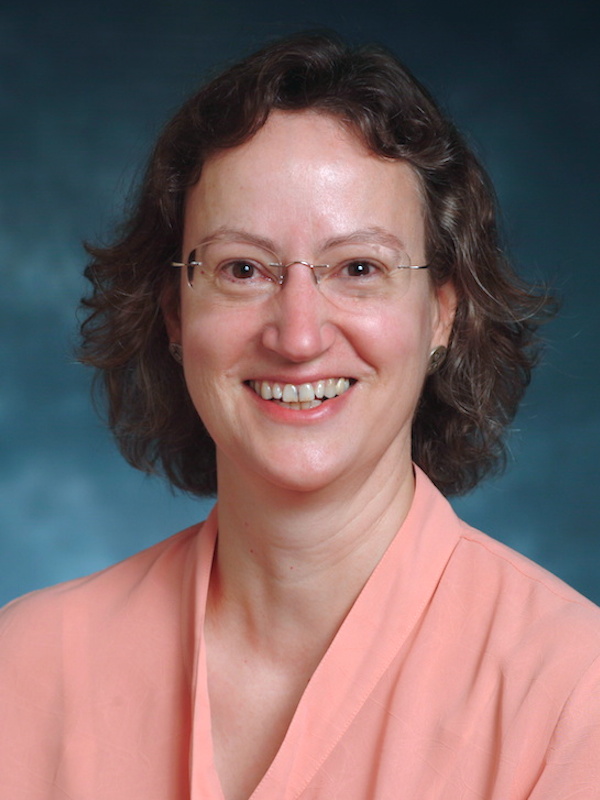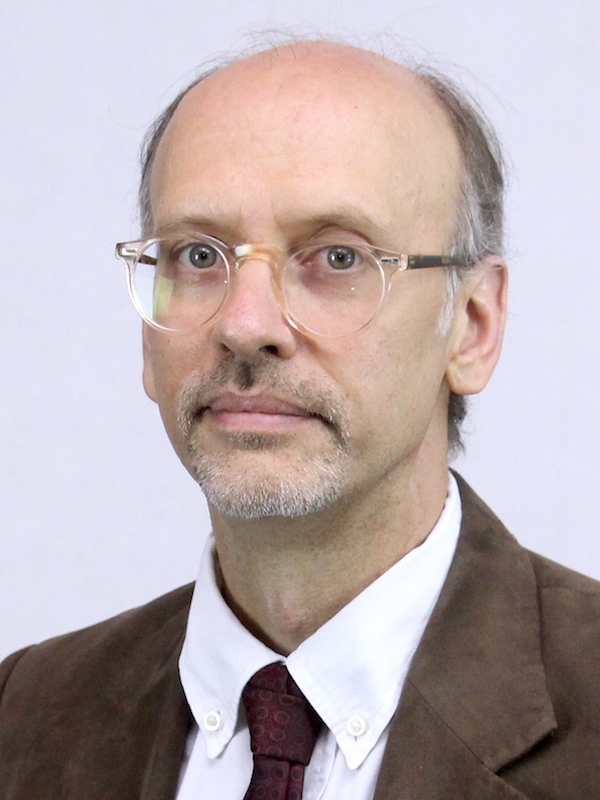Environmental and Engineering Geology and Geophysics
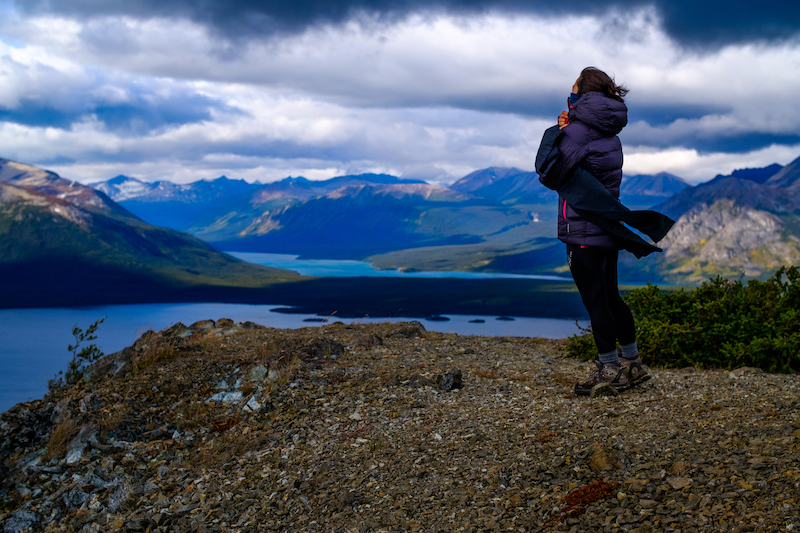
Environmental and Engineering Geology and Geophysics is the study of fundamental geological and geophysical processes that shape and impact the environment, as well as the engineering applications that assess and mitigate potential environmental impacts. Research and learning in these areas includes topics such as natural hazard assessment and mitigation, groundwater utilization and protection, and human-Earth system interaction.
Faculty
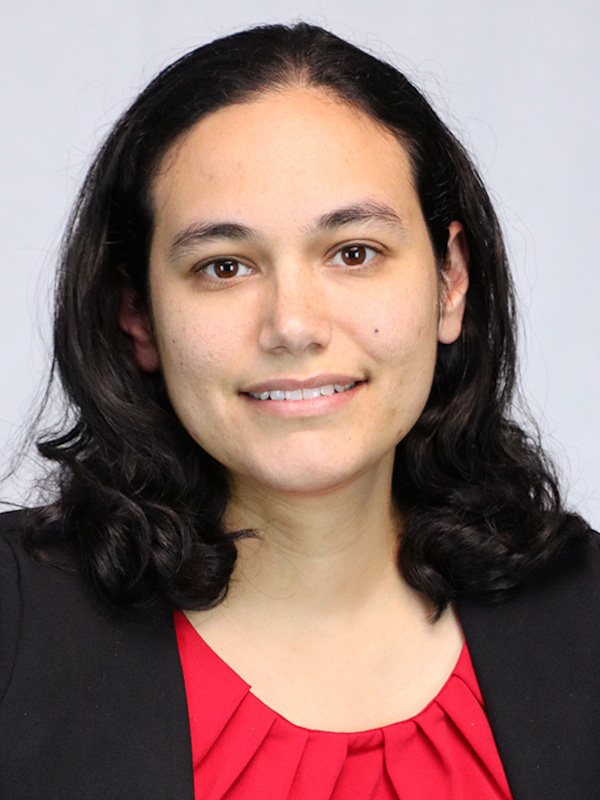
Christina Belanger
Marine Paleoecology, Paleoenvironments, Climate Change, Foraminifera, Invertebrates
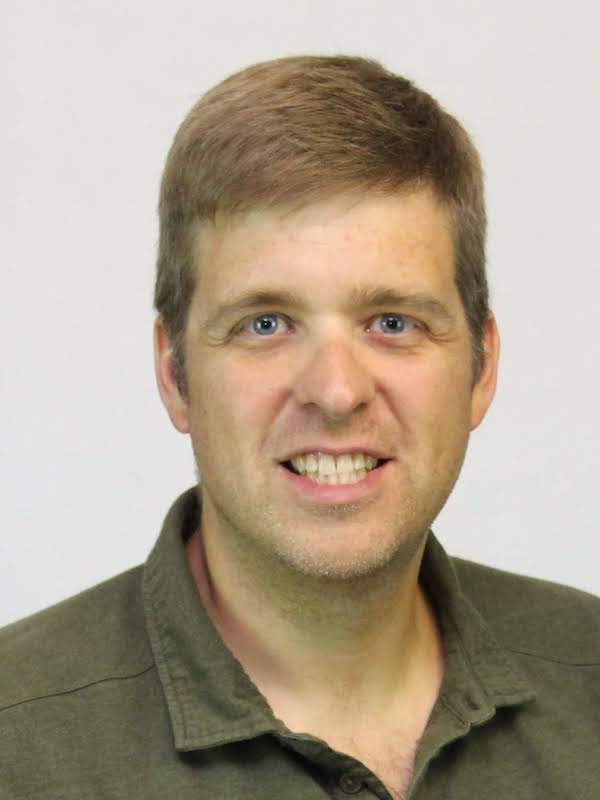
Peter Knappett
Geogenic contaminants, aquifer, groundwater-surface water, arsenic, fluoride, fecal bacteria, viruses, environmental health, Bangladesh, Mexico, geothermal, urban aquifers
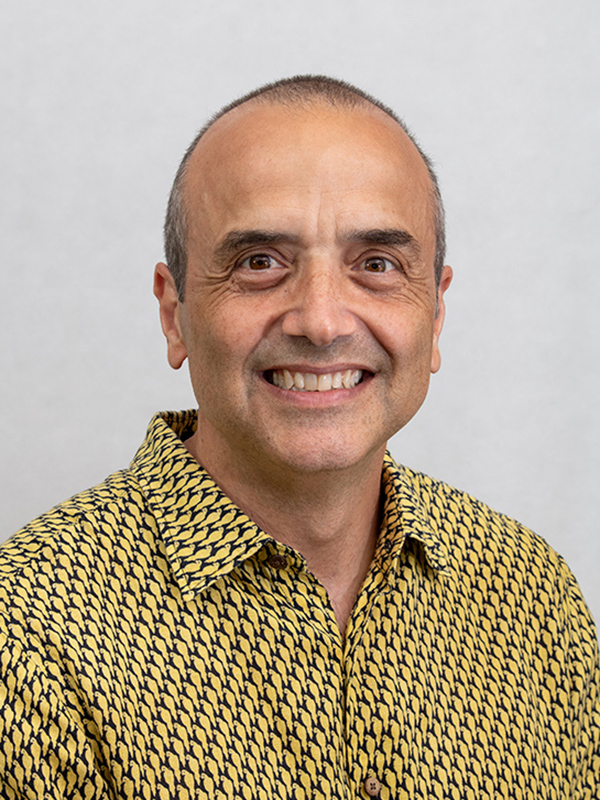
Franco Marcantonio
Radiogenic isotope geochemistry, geochemical proxies of climate change, environmental geochemistry
Undergraduate study
Undergraduate students interested in Environmental and Engineering Geology and Geophysics receive a solid foundation in geology and geophysics to understand the processes that shape and impact the environment, resources, and land use. Through elective courses, students gain knowledge and skills to address environmental issues, including hands-on experience with laboratory and field methods in both environmental and engineering geology and geophysics.
At the undergraduate level, elective courses include: Geochemistry, Hydrogeology, Engineering Geology, Global Biogeochemical Cycles, Field Methods in Geophysics, Geological Data Analysis.
Our graduates move on to careers in the environmental and energy industries, federal and state agencies, and private sector and nonprofit organizations. Many students continue to advanced study in graduate programs.
Graduate Study
Graduate study in Environmental and Engineering Geology and Geophysics may focus on a wide range of topics, including climate change, groundwater hydrology and fluid transport, water contaminants and mitigation, environmental geochemistry, urban aquifers, geotechnical applications of geophysics, and earthquake hazards. Abundant in-house facilities and field equipment support these studies, and are outlined below.
Graduate students are successful in the environmental and energy industries, federal and state agencies, and private sector and nonprofit organizations. Many Ph.D. graduates transition into academic careers.
Facilities & Equipment
Groundwater Study Facility
Computational Equipment and Software: The following software is available to students and faculty: VISUAL MODFLOW, GROUNDWATER MODELLING SYSTEM (GMS), HYDRUS-3D, MATLAB, AQUIFER TEST and many graphic software packages. Further, the state-of-the-art immersive visualization center of the university is located within the Geology department and easy to access free of charge. Further, Geographical Information System (GIS) software is available across the campus for all students including Arc software.
Field Equipment: Electric water level meters (Model 101 P7, Solinst Canada Ltd., Georgetown, Ontario, Canada). The following equipment used for measuring chemical parameters in the field are available: 2 handheld multi-parameter meters is available for measuring temperature, specific conductance, pH and oxidative-reductive potential (ORP) (YSI Professional Plus, Xylem Inc., Rye Brook, NY); CHEMetrics V-2000 Photometer (CHEMetrics, Inc., Midland, VA); Alkalinity Test Kit (Model AL-DT, Hach Company, Loveland, CO); Turbidimeter (Model 2100Q, Hach Company, Loveland, CO); and an Arsenic Test Kit (Model 481298, Arsenic Econo-Quick, Industrial Test Systems, Inc., Rock Hill, SC).
Laboratory Equipment: Knappett has a 500 ft2 wet laboratory that is available for standard water chemistry analyses and is equipped with deionized water and an Ion Chromatograph (Dionex DX-600, Thermo Fisher Scientific Inc., Waltham, MA). Further, clean lab equipped with an ICP-MS (Element XR, Thermo Fisher Scientific, Waltham, MA) is in the department. Within the College of Geosciences is the Stable Isotope Geosciences Facility (SIGF) equipped with a Picarro Cavity Ring-Down Spectrometer (Picarro Inc., Santa Clara, CA). Knappett’s lab has a programmable 8-channel peristaltic pump (FH100M Multichannel Pump System Model 72-320-126, Thermo Fisher Scientific) to drive flow in column experiments. This pump has a volumetric flux range of 0.002 to 760 ml/min. Knappett’s lab further has a fraction collector for collecting effluent samples from column experiments. Knappett’s lab also has a permeameter for measuring hydraulic conductivity in sediments. As needed, students can have access to all the equipment needed for detailed sediment analyses including: a drying oven, sieves and shaker table for sand-size analyses, and a laser particle size analyzer (Mastersizer 3000 optical system, Malvern Instruments, Inc., Westborough, MA) to quantify the silt and clay-sized particle size distributions (PSD) which includes a range from 10 nm to 1,000 µm.
Environmental Geochemistry Facility
Stable Isotope Preparation Laboratory
This laboratory houses a New Wave computerized drilling system for precision sampling of shells and corals for isotope paleotemperature studies. The laboratory also includes Orion pH and conductivity meters for high-precision field measurements of natural waters.
- Brendan Roark and Ethan L. Grossman, Co-Directors
SIGF houses five dynamic-source isotope ratio mass spectrometers (IRMSs), a cavity ring-down spectrometer, and seven peripheral devices with the capabilities of performing high precision H, C, N, O, S and clumped analyses on carbonates, sediments, waters, and organic matter.
SIGF performs high-precision carbonate δ13C and δ18O analyses with a Thermo Scientific Kiel IV Automated Carbonate Device coupled to a Thermo Scientific MAT 253 dual inlet IRMS. With the new addition of a Thermo Fisher Scientific 253 Plus and modified Kiel IV Automated Carbonate Device, SIGF is capable of clumped isotope analyses of carbonate samples as small as 1.2 mg.
SIGF performs routine analysis of a broad range of organic sample types for bulk total organic carbon, total organic nitrogen, δ13C, and δ15N compositions via Thermo Fisher Scientific Delta V Advantage with Flash Elemental Analyzer (EA). This system is also used for δ34S analyses of organic matter.
δ13C analyses of natural water dissolved inorganic carbon (DIC), soil gas, breath gas, etc. are available using continuous flow headspace sampling via a Thermo Scientific GasBench II also connected to the Delta V IRMS. Lastly, SIGF’s Picarro Li2120 Cavity Ring-Down Spectrometer performs δ18O and δD analyses of water.
Environmental Geophysics Facility
The Near-Surface Applied Geophysics Laboratory is maintained in the Department of Geology and Geophysics at Texas A&M University by Dr. Mark Everett. Geophysical field equipment includes electromagnetic induction (Geonics G-TEM, PROTEM 47, EM34—3, EM31 and EM63 instruments and GSSI EM Profiler); ground—penetrating radar (Sensors & Software PulseEkkoPro 100, 250, 4500 MHz systems and GSSI 400 MHz and 1 GHz systems); 8-channel 112-electrode resistivity and 56-electrode induced polarization (Advanced Geosciences Inc. SuperSting R8/IP system); cesium vapor magnetic gradiometry (Geometrics G—858); gravimetry (LaCoste & Romberg G-meter); reflection/refraction seismic (Geometrics StrataView and Geode 24-channel seismographs with 14/40 Hz geophones augmented with GeoStuff land streamer and roll-along box); passive seismic/SASW (6 Geometrics Atom seismographs). Trimble GPS R10 and traditional Topcon and Sokkia total-station navigation, in addition to various commercial (seismic/GPR interpretation includes Kingdom Suite and ProMax, in addition to Schlumberger Petrel, Sensors & Software EkkoProject, and Geometrics SeisImager) and in-house developed software systems, and several ruggedized Panasonic Toughbook-30 field laptops are also available. Computations may be executed at the Texas A&M Supercomputing Facility on Ada, an 845-node IBM commodity cluster equipped with Intel 64-bit 10-core IvyBridge processors.
Climate Change Study Facility
The Paleontology Research Imaging Laboratory has a Nikon SMZ1500 stereoscope with a dedicated Nikon DS-Fi2 camera system and a Nikon LV100POL compound microscope with Nikon DS-Fi3 camera system, for higher magnification capture of focused stacked images. In the foraminifera laboratory, we have two Nikon SMZ800N stereoscopes and one Nikon SMZ745 stereoscope for routine collection and identification. For precise weighing of samples for geochemical and morphological analyses, we have a Sartorius Ultramicro-balance with 0.1µg resolution for samples up to 2.1g. In the sediment and rock processing laboratory, we also have a Labconco 2.5-liter freeze drier, drying oven, and Sartorius Entris analytical balance with 0.1 mg resolution and 220g capacity.
John W. Handin Laboratory for Experimental Rock Deformation
Director: Dr. Hiroko Kitajima
The Handin Laboratory provides facilities to investigate the deformation of rock under controlled conditions appropriate to the environments of the upper crust to the lithopheric mantle. The laboratory is equipped with groups of different rock deformation apparatus, devices for measuring physical properties, controlled environmental chambers, a rock repository, sample preparation equipment, and a machine shop. Graduate students, visiting scientists, research scientists, and faculty use the laboratory for research and teaching activities.
Center for Tectonophysics
The Center for Tectonophysics is an interdisciplinary research group initiated in 1967 for dual purposes: to undertake basic and applied research of both natural and man-induced rock deformation processes and the broad range of geologic structures formed, and to provide research support, training, and mentoring of graduate students and post-doctoral fellows pursuing advanced studies in the area of tectonophysics.
